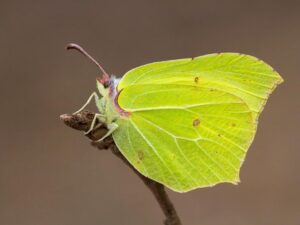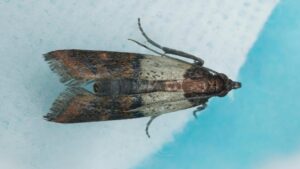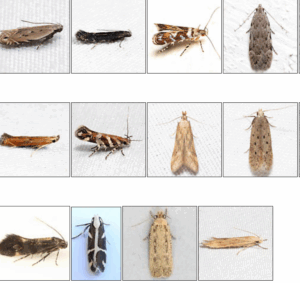- The Glasswing butterfly, known scientifically as Greta oto, is a remarkable species renowned for its transparent wings. This unique feature not only makes it visually stunning but also serves as an effective camouflage against predators. The Glasswing butterfly is primarily found in Central and South America, thriving in specific habitats that support its life cycle.
Habitat and Distribution
The Glasswing butterfly inhabits a range of environments, including tropical rainforests, cloud forests, and open areas with abundant flowering plants. Its distribution spans several countries, including:
Colombia
Ecuador
Panama
Costa Rica
Venezuela
Nicaragua
In these regions, the Glasswing butterfly is often spotted in areas where host plants are plentiful. These plants are crucial for the butterfly’s larval stage, as they provide the necessary nutrients for the caterpillars to grow and develop.
Preferred Conditions
The Glasswing butterfly prefers warm, humid climates, which are characteristic of tropical and subtropical regions. It is commonly found at elevations ranging from sea level up to approximately 1,500 meters (about 4,900 feet). The combination of temperature, humidity, and vegetation in these areas creates an ideal environment for the Glasswing butterfly to thrive.
Behavior and Ecology
The Glasswing butterfly exhibits fascinating behaviors that contribute to its survival. During the day, it can often be seen fluttering around flowers, feeding on nectar. Its transparent wings allow it to blend seamlessly into its surroundings, making it difficult for predators to spot.
Additionally, the Glasswing butterfly engages in specific mating rituals. Males are known to establish territories where they can attract females. These territories are often located near nectar sources, which are essential for the butterflies’ energy needs.
Conservation Status
While the Glasswing butterfly is not currently considered endangered, its habitat is threatened by deforestation and habitat loss due to agricultural expansion and urban development. Conservation efforts are crucial to preserving the natural environments where these butterflies thrive. Protecting their habitats ensures that future generations can continue to enjoy the beauty of the Glasswing butterfly in the wild.
In summary, the Glasswing butterfly can be found primarily in Central and South America, thriving in warm, humid environments rich in flowering plants. Its unique adaptations and behaviors make it a fascinating subject for study and admiration.

How does the Glasswing butterfly’s appearance differ from other butterflies

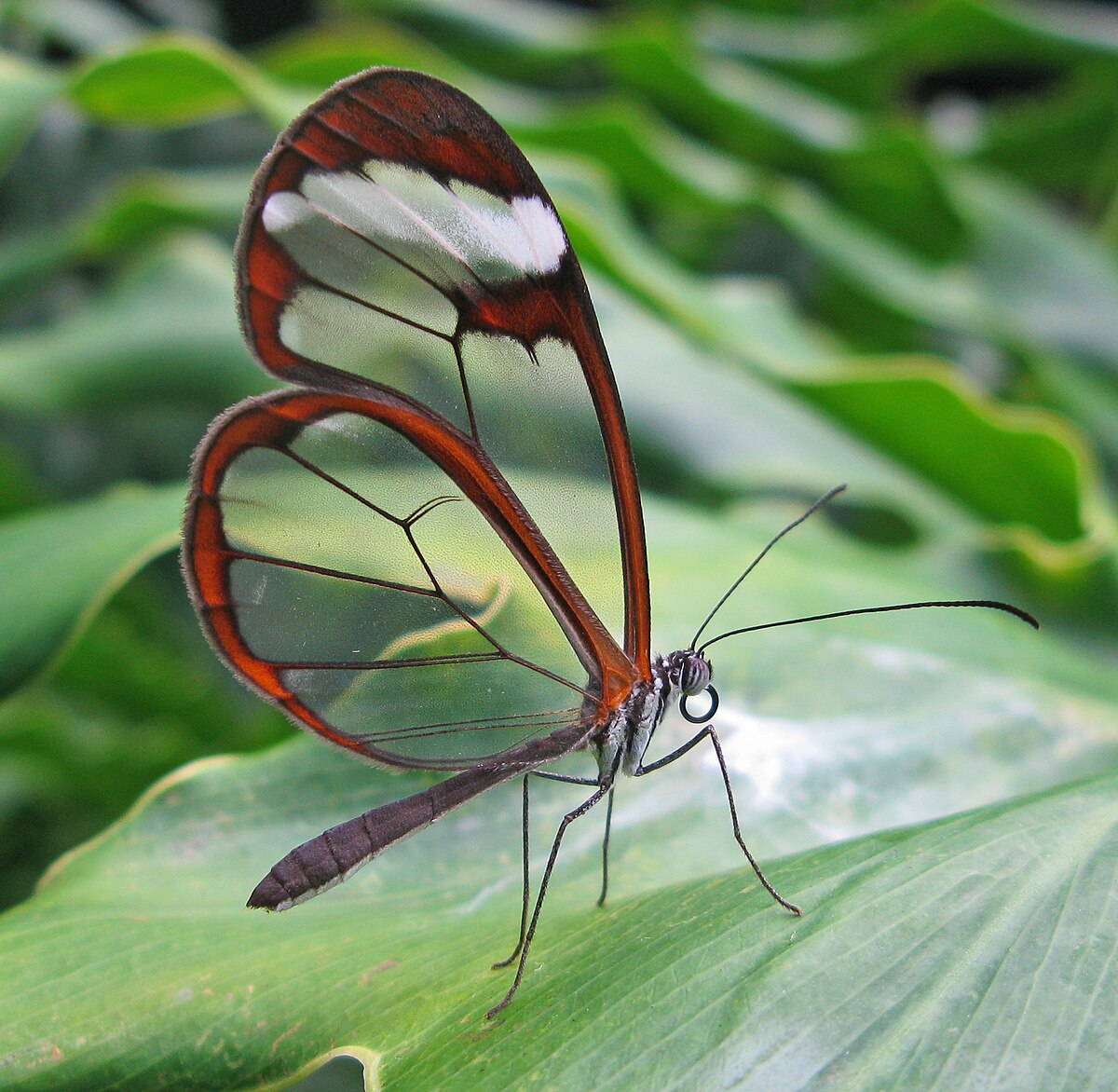
The Glasswing butterfly (Greta oto) stands out from most other butterflies due to its unique transparent wings. While most butterflies have colorful, opaque wings, the Glasswing’s wings are almost completely see-through, allowing it to blend seamlessly into its surroundings.Key differences in appearance include:
- Transparent wings with minimal coloration and opaque borders
- Sparse, spindly scales covering the transparent wing membrane, exposing up to 80% of the clear surface
- Lack of sexual dimorphism, with males and females appearing identical
- Smaller size compared to many other butterflies, with a wingspan of 2.2 to 2.4 inches
The Glasswing’s transparent wings are achieved through a combination of factors:
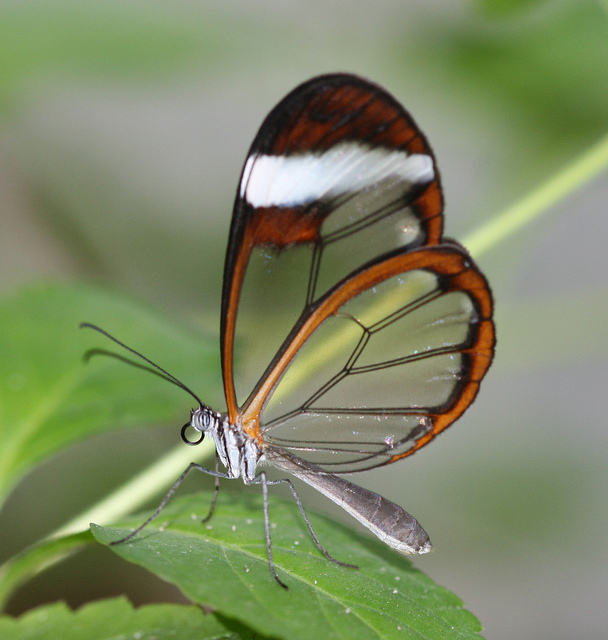
- Sparse, widely-spaced scales on the transparent wing regions
- A textured surface of tiny wax bumps on the wing membrane that reduces glare and reflections
- The random, unstructured arrangement of nanostructures on the wing surface that allows light to pass through unhindered
This unique appearance serves as an effective camouflage, making the Glasswing nearly invisible against the backdrop of its tropical rainforest habitat. While most butterflies use bright colors and patterns to attract mates and warn predators, the Glasswing relies on transparency to avoid detection altogether.

